Boeing 737 MAX returns to US from China amid escalating tariff war
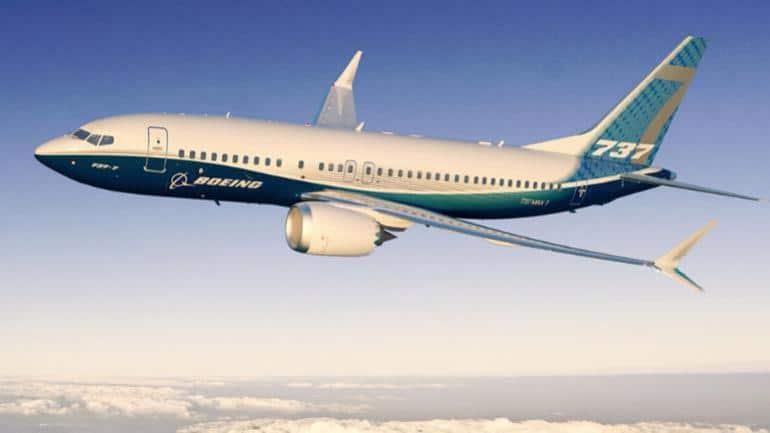
KATHMANDU: A Boeing 737 MAX, intended for delivery to China’s Xiamen Airlines, landed back at Boeing’s Seattle production hub on Sunday, April 19, becoming a casualty of the intensifying trade war between the U.S. and China. The jet, adorned with Xiamen’s livery, was one of several awaiting final work at Boeing’s Zhoushan completion center near Shanghai before its unexpected 5,000-mile return journey, with refueling stops in Guam and Hawaii.
The return follows President Donald Trump’s April 2 announcement imposing a 145% tariff on Chinese imports, prompting China to retaliate with a 125% tariff on U.S. goods. With a new 737 MAX valued at approximately $55 million, according to aviation consultancy IBA, these tariffs could more than double the cost for Chinese airlines, rendering deliveries financially unviable. Bloomberg News reported that China has ordered its airlines to halt Boeing jet deliveries and pause purchases of U.S.-made aircraft parts, though Beijing has not officially confirmed a formal ban.
“It’s unclear who decided to return the jet—Boeing or Xiamen—but the tariffs make delivery prohibitive,” said a senior aviation industry source. Boeing and Xiamen Airlines did not respond to requests for comment. The move disrupts the aerospace industry’s decades-long duty-free status, compounding Boeing’s challenges in China, a key market where it historically delivered a quarter of its aircraft. Boeing’s Zhoushan facility, opened in 2018 to strengthen ties with China, now faces uncertainty as trade tensions escalate.
The tariff war comes as Boeing recovers from a nearly five-year import freeze on 737 MAX jets in China, triggered by safety concerns and prior trade disputes. President Trump, in a Truth Social post, claimed China “reneged on the big Boeing deal,” though details of the agreement remain unclear.
Industry analysts suggest Boeing could redirect undelivered jets to other markets, such as India, given rival Airbus’s limited capacity to fill the gap. However, a prolonged halt in China deliveries could tilt the market toward Airbus, which assembles planes locally.
Boeing data indicates 130 unfilled orders for Chinese airlines, with a significant portion of over 760 unnamed orders likely destined for China. “A short-term delivery pause won’t cripple Boeing, but China’s long-term demand for aircraft makes it a strategic loss,” noted Bank of America analyst Ronald J. Epstein. China’s fleet is projected to more than double by 2043, overtaking the U.S. in air traffic.
As tit-for-tat tariffs threaten to stall $650 billion in annual U.S.-China trade, confusion over changing duties has left aircraft deliveries in limbo. Some airline CEOs are deferring deliveries to avoid steep tariffs, while Boeing and suppliers brace for a period of halted shipments to China. The standoff underscores the broader economic fallout of Trump’s aggressive trade policies, with ripple effects felt across global supply chains.
Sources: Reuters, Bloomberg News, CNN Business



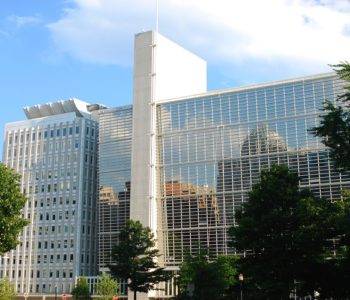

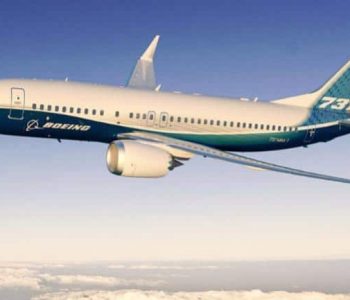
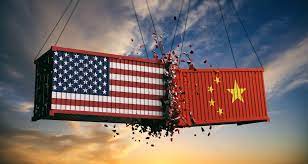

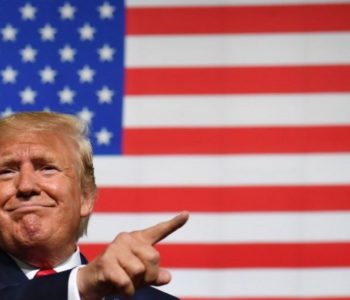
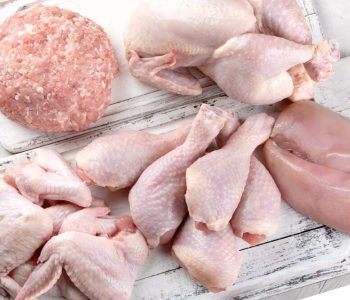

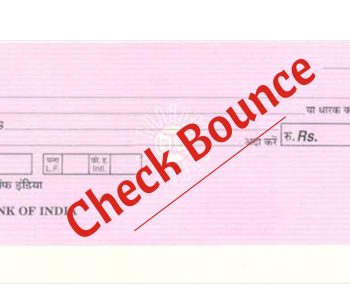

Facebook Comment